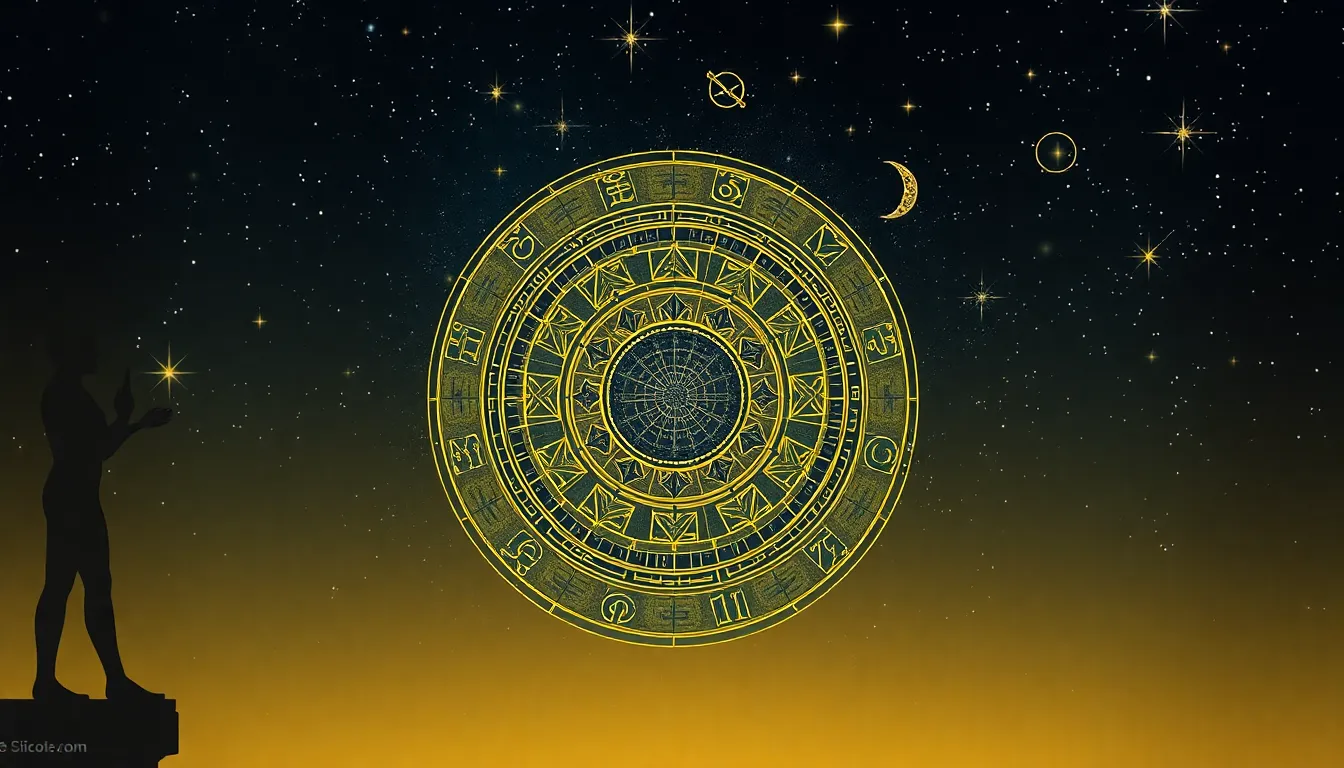The Celestial Calendar: Aligning Festivals with the Stars
I. Introduction
The Celestial Calendar is a system that organizes time based on the cycles of celestial bodies, primarily the sun and moon. This calendar serves as a framework for many cultures to schedule festivals, agricultural activities, and significant communal events. The importance of astronomical events in cultural celebrations cannot be overstated; they often signify changes in seasons, agricultural cycles, and important spiritual observances.
This article aims to explore the historical context, scientific basis, and cultural significance of celestial calendars. We will delve into how different civilizations have aligned their festivals with celestial events, the role of the moon in timing celebrations, and how modern society is adapting these traditions. Finally, we will offer practical tips for observing celestial events and connecting with the cosmos.
II. Historical Context of Celestial Calendars
Throughout history, ancient civilizations have relied heavily on celestial events to guide their agricultural practices and societal organization. The movement of celestial bodies provided a reliable means of tracking the passage of time, which was critical for planting and harvesting crops.
- Ancient Egyptians: Developed a calendar based on the annual flooding of the Nile, closely tied to the heliacal rising of the star Sirius.
- Mayan Civilization: Utilized a complex calendar system that included both solar and lunar cycles, aligning festivals with the appearance of celestial phenomena.
- Ancient Chinese: Established a lunisolar calendar that incorporates both lunar phases and solar seasons, guiding agricultural and cultural activities.
The influence of astronomy on agriculture and societal organization has been profound, prompting civilizations to create intricate calendars that reflect their understanding of celestial events.
III. The Science Behind Celestial Events
Astronomical phenomena such as solstices, equinoxes, and lunar phases play a crucial role in determining seasonal changes and, consequently, the timing of festivals.
- Solstices: Occur when the sun reaches its highest or lowest point in the sky at noon, marking the longest and shortest days of the year.
- Equinoxes: Occur when day and night are approximately equal in length, symbolizing balance and transition.
- Lunar Phases: The cycle of the moon’s phases, from new moon to full moon, significantly influences tides and agricultural cycles.
Throughout history, these events have been observed and recorded, allowing cultures to align their practices with the natural world.
IV. Major Festivals Aligned with Celestial Events
Numerous global festivals are intricately linked to astronomical phenomena, celebrating the cyclic nature of time and the universe.
- Diwali: The Hindu festival of lights, often celebrated during the new moon in October or November, symbolizes the victory of light over darkness.
- Summer Solstice: Celebrated in various cultures, including the ancient Druids at Stonehenge, marking the longest day of the year with feasts and rituals.
- Harvest Moon: The full moon closest to the autumnal equinox, celebrated with harvest festivals in many cultures, signifying gratitude for the bounty of the earth.
The cultural significance of these festivals often involves specific practices, such as lighting lamps during Diwali or holding communal gatherings during the Harvest Moon, reinforcing community bonds and shared traditions.
V. The Role of the Moon in Festival Timing
Lunar calendars differ from solar calendars in that they are based on the phases of the moon. Many cultures have developed festivals that depend on lunar cycles.
- Eid: Celebrated by Muslims, this festival marks the end of Ramadan and is observed on the sighting of the new moon.
- Chinese New Year: Based on the lunar calendar, this festival usually falls between January 21 and February 20, celebrating the arrival of spring.
The moon holds significant symbolism in various cultures, representing femininity, fertility, and the cyclical nature of life.
VI. The Impact of Modern Society on Celestial Celebrations
In contemporary society, there has been a notable shift from traditional to modern calendar systems, often leading to the marginalization of celestial celebrations. However, there has also been a resurgence of interest in these astronomical events.
- Many people are returning to natural rhythms, celebrating solstices and equinoxes as part of a holistic lifestyle.
- Technology has played a significant role in enhancing our understanding of celestial events, with apps and websites providing real-time data on astronomical phenomena.
This blend of ancient traditions with modern technology fosters a renewed appreciation for our connection to the cosmos.
VII. Practical Tips for Observing Celestial Events
For those interested in aligning their festivals with celestial events, here are some practical tips:
- Track Celestial Events: Use astronomy apps or websites to stay informed about upcoming solstices, equinoxes, and lunar phases.
- Star Gazing Resources: Consider joining local astronomy clubs or attending public star-gazing events to deepen your understanding of celestial bodies.
- Engage with Communities: Participate in local festivals that celebrate celestial events, fostering a sense of community and shared appreciation for the cosmos.
VIII. Conclusion
Aligning festivals with celestial events is a practice that connects humanity with the universe in profound ways. Understanding and celebrating these connections can enrich our lives and deepen our appreciation for the cycles of nature. As we explore the significance of celestial calendars, we are reminded of the enduring relationship between humanity and the cosmos.
We encourage you to explore these celestial celebrations and embrace the beauty of aligning your life with the rhythms of the universe. The stars and moon are not just distant objects in the sky; they are integral to our cultural heritage and a source of inspiration for future generations.




